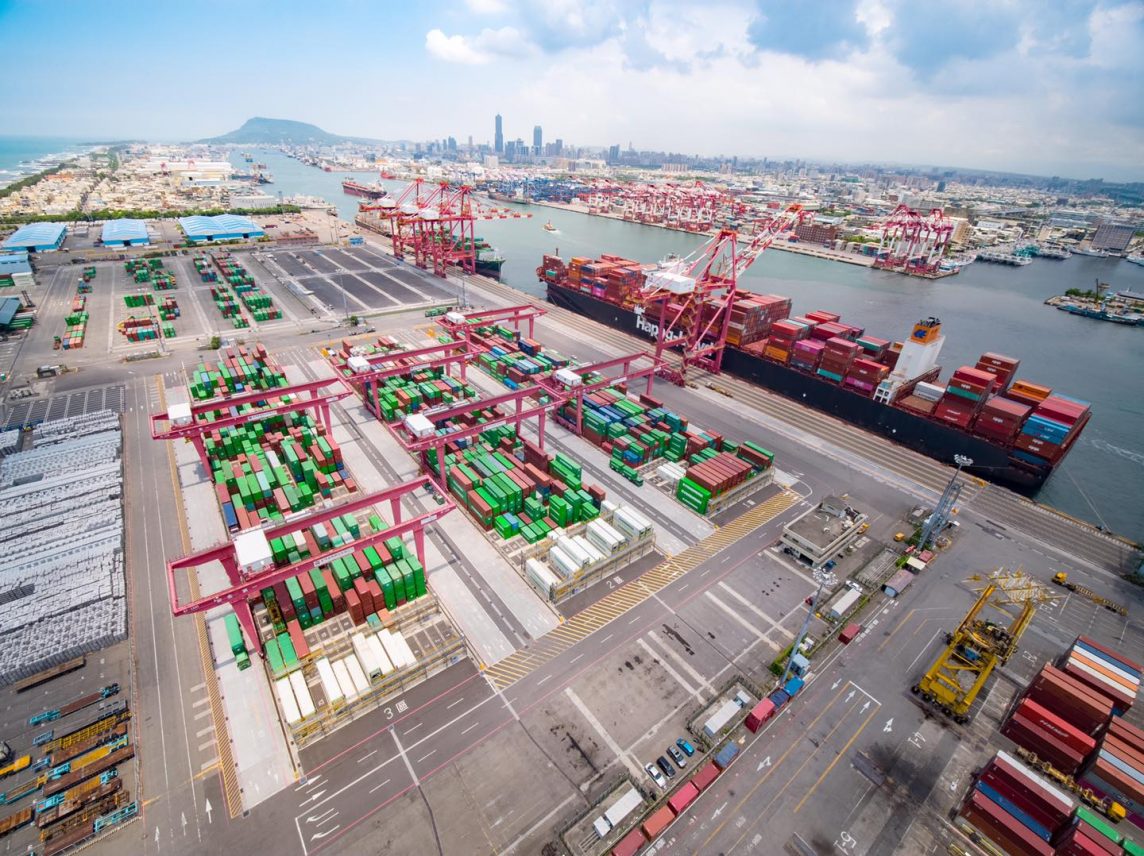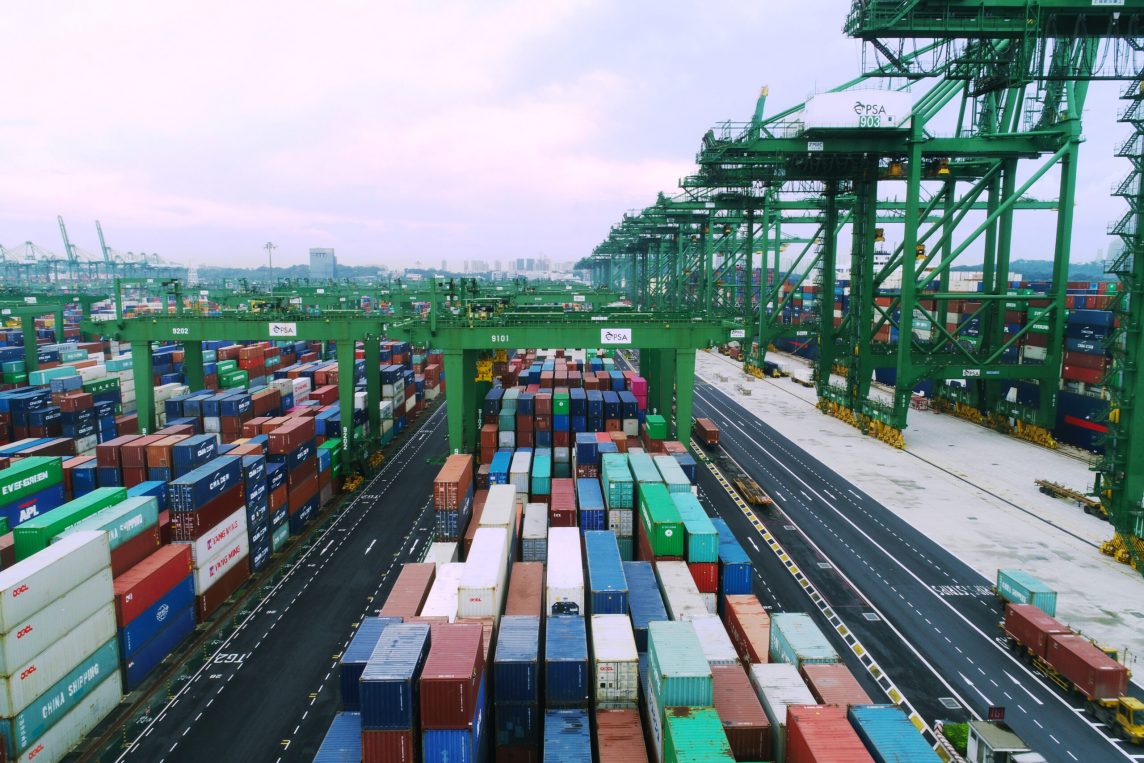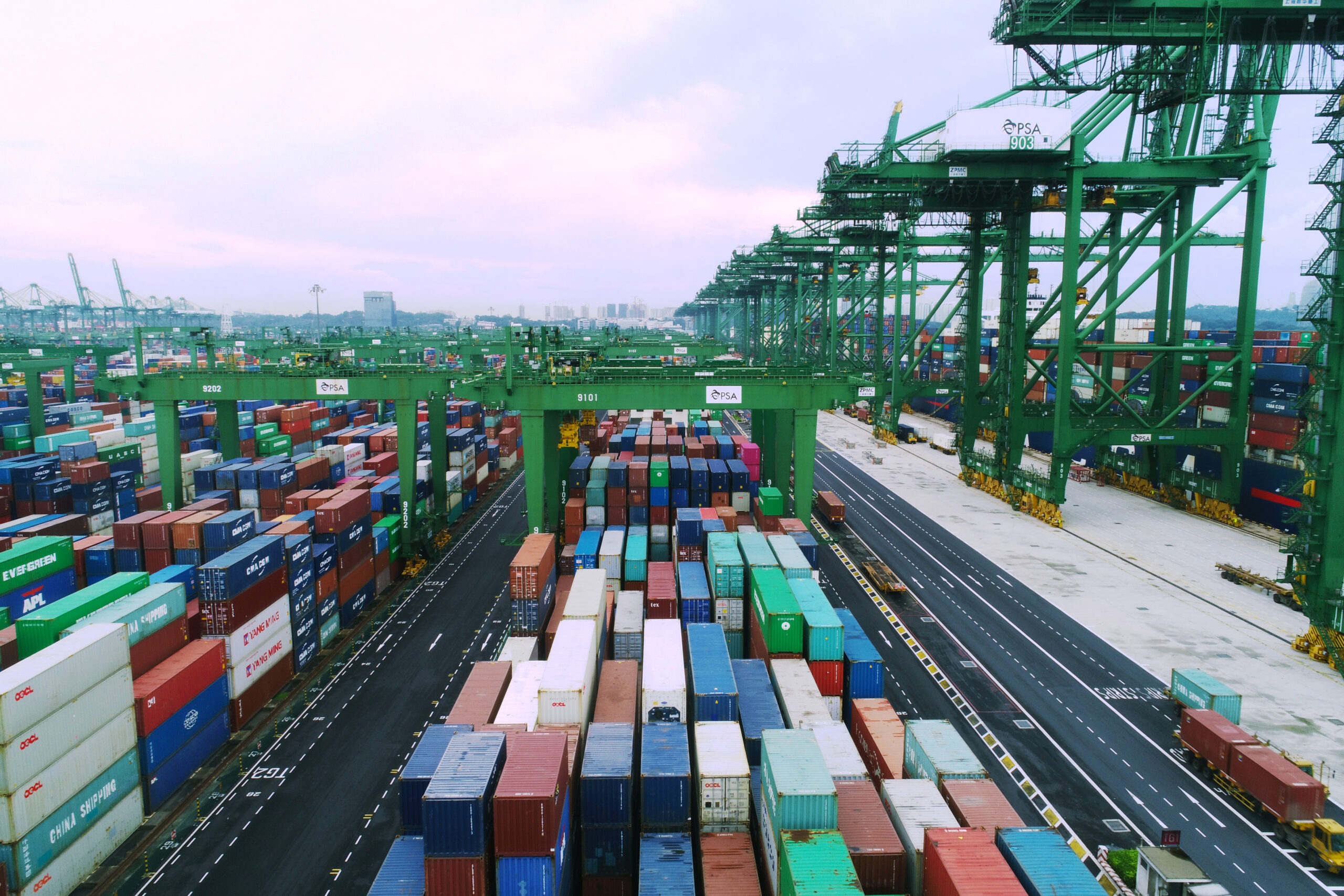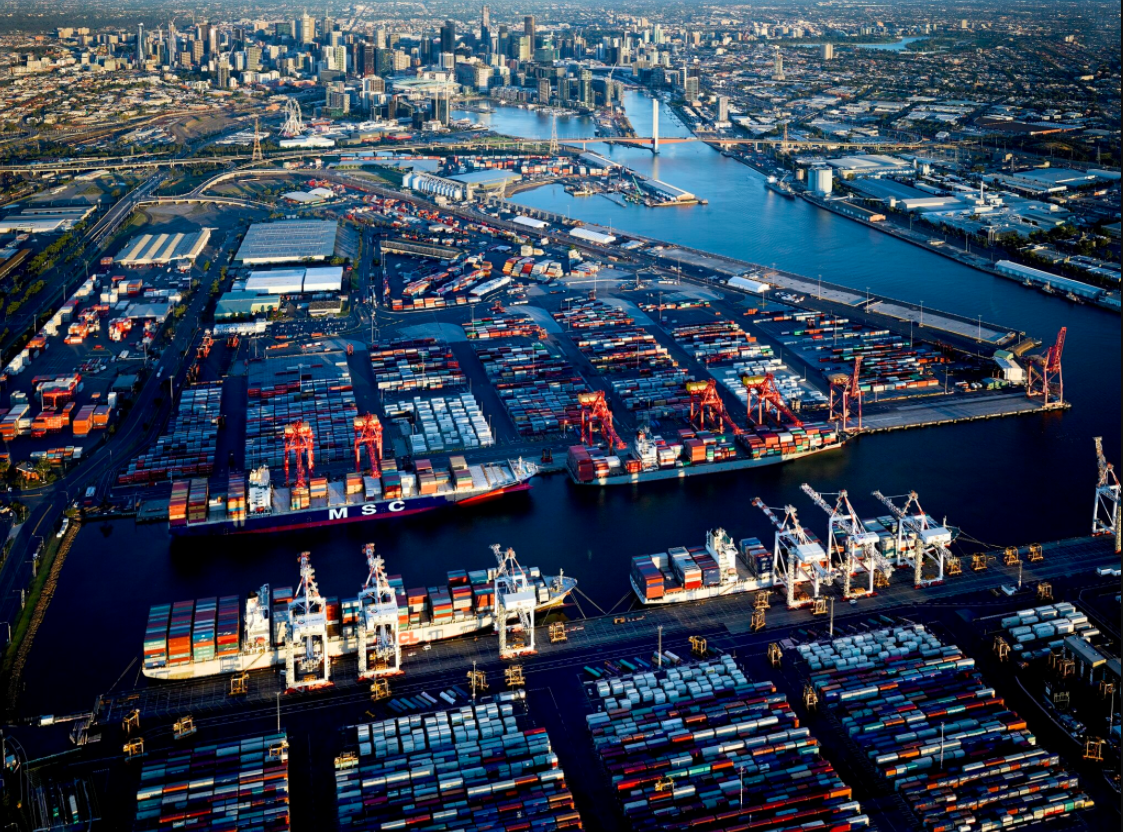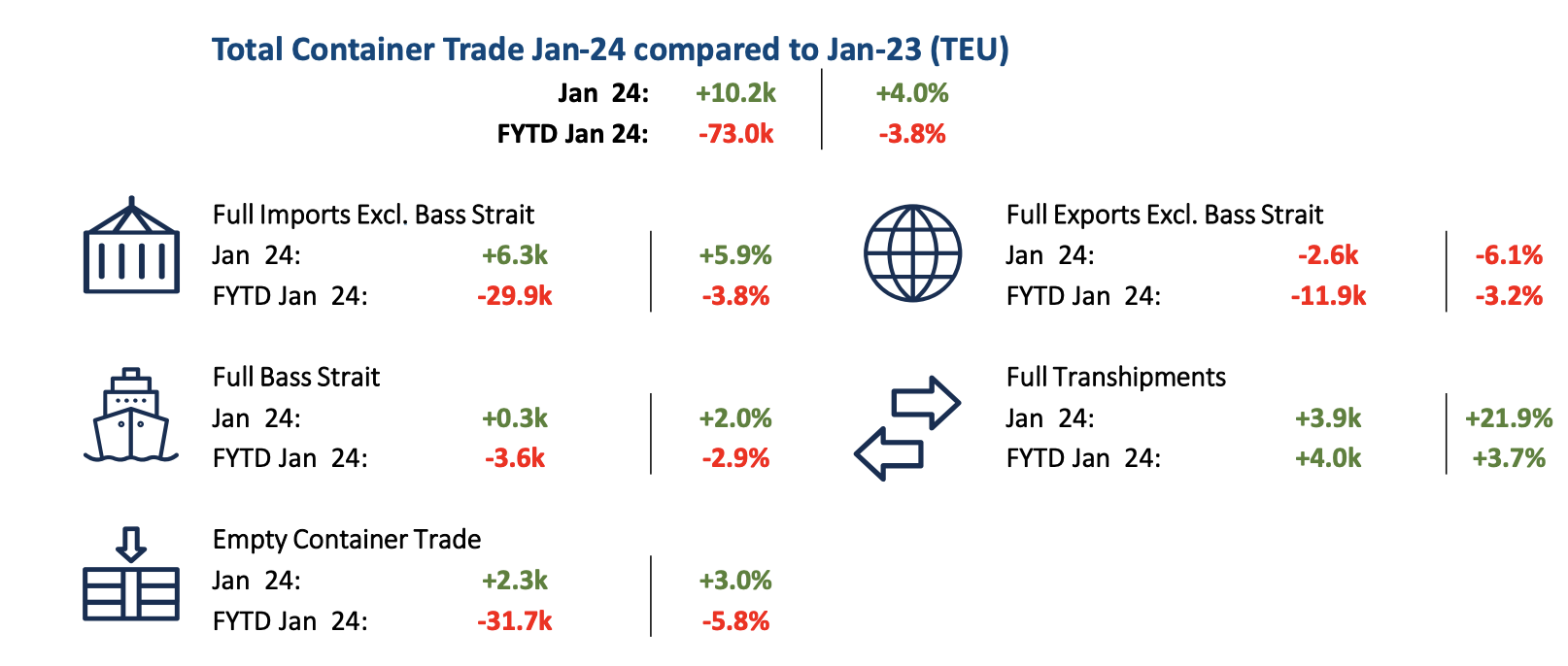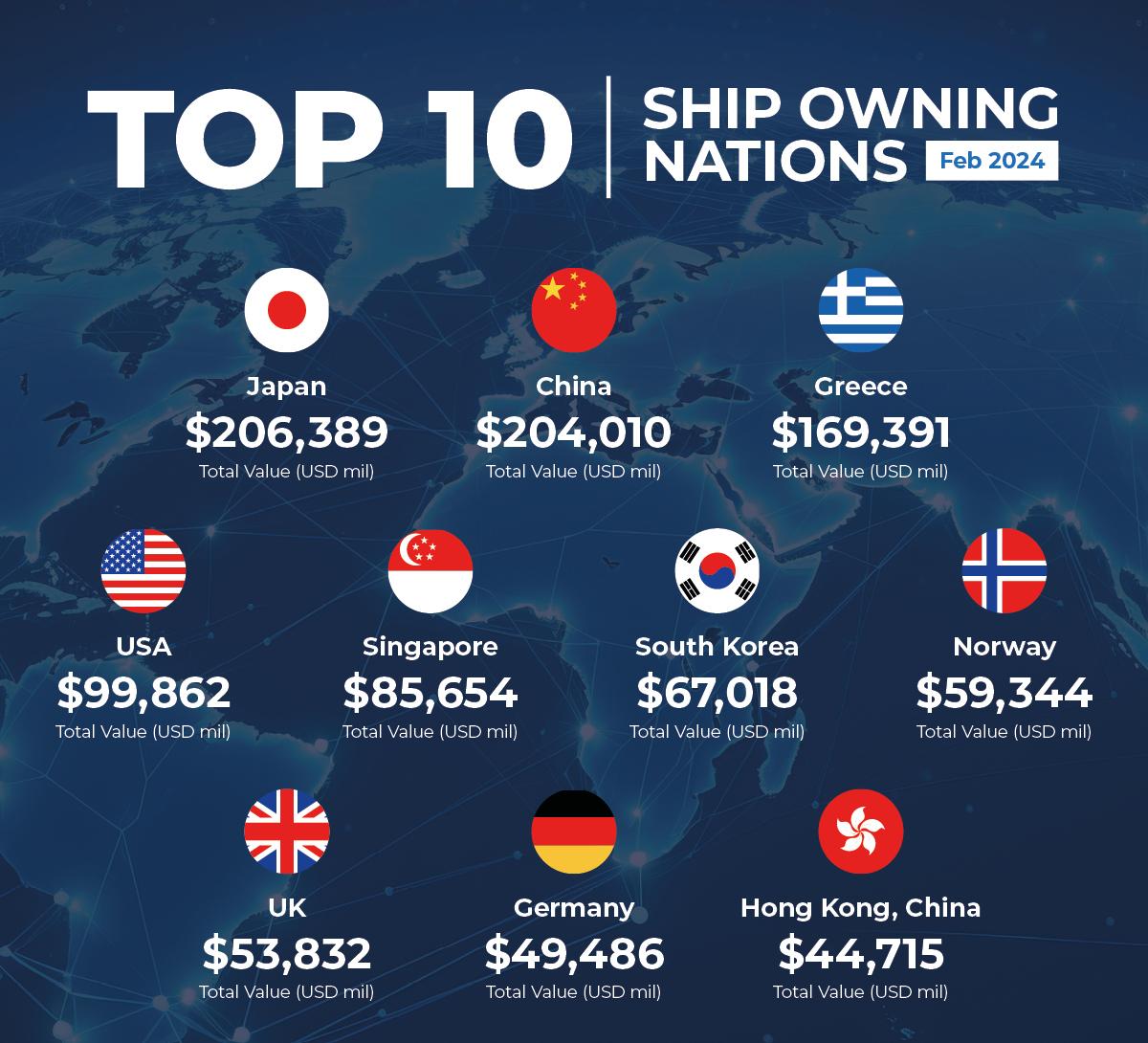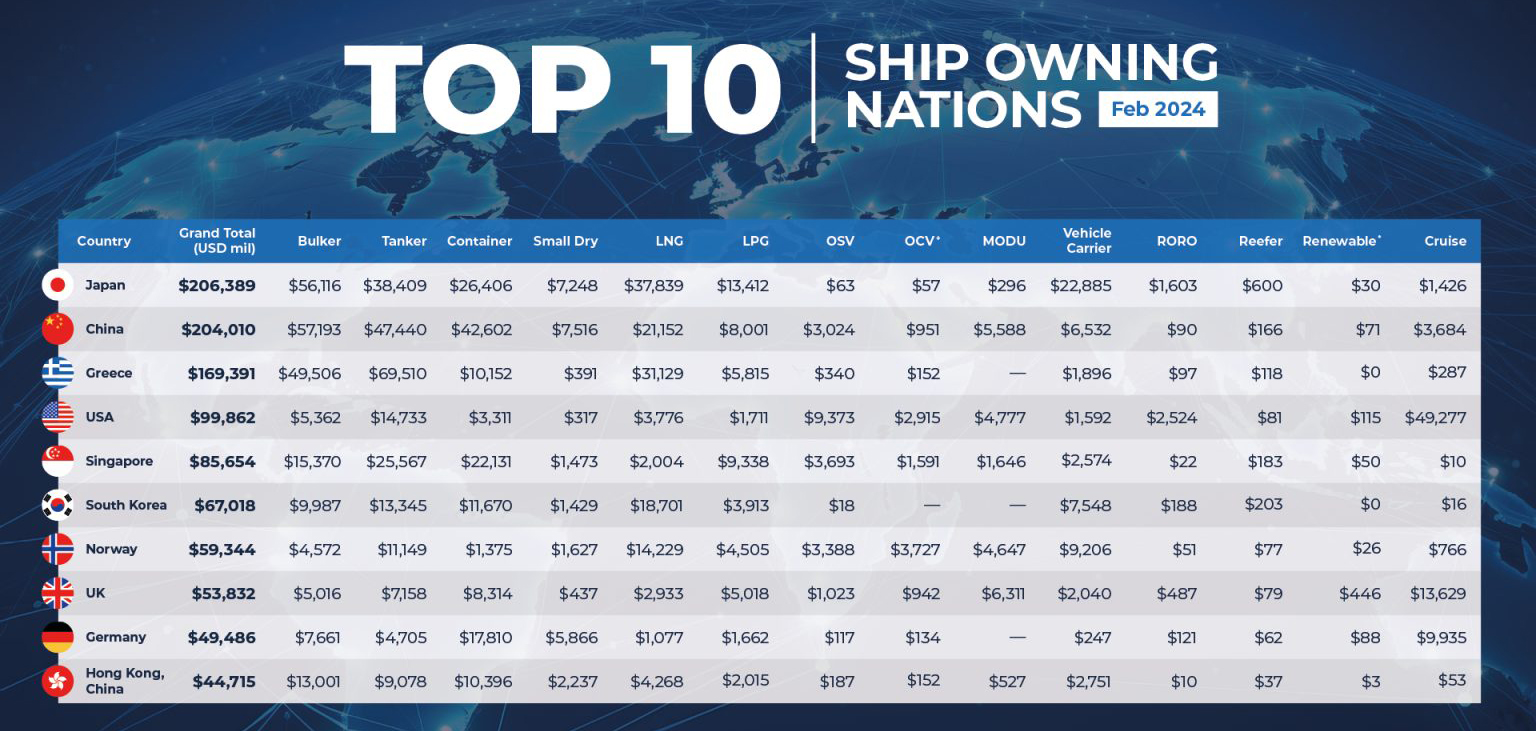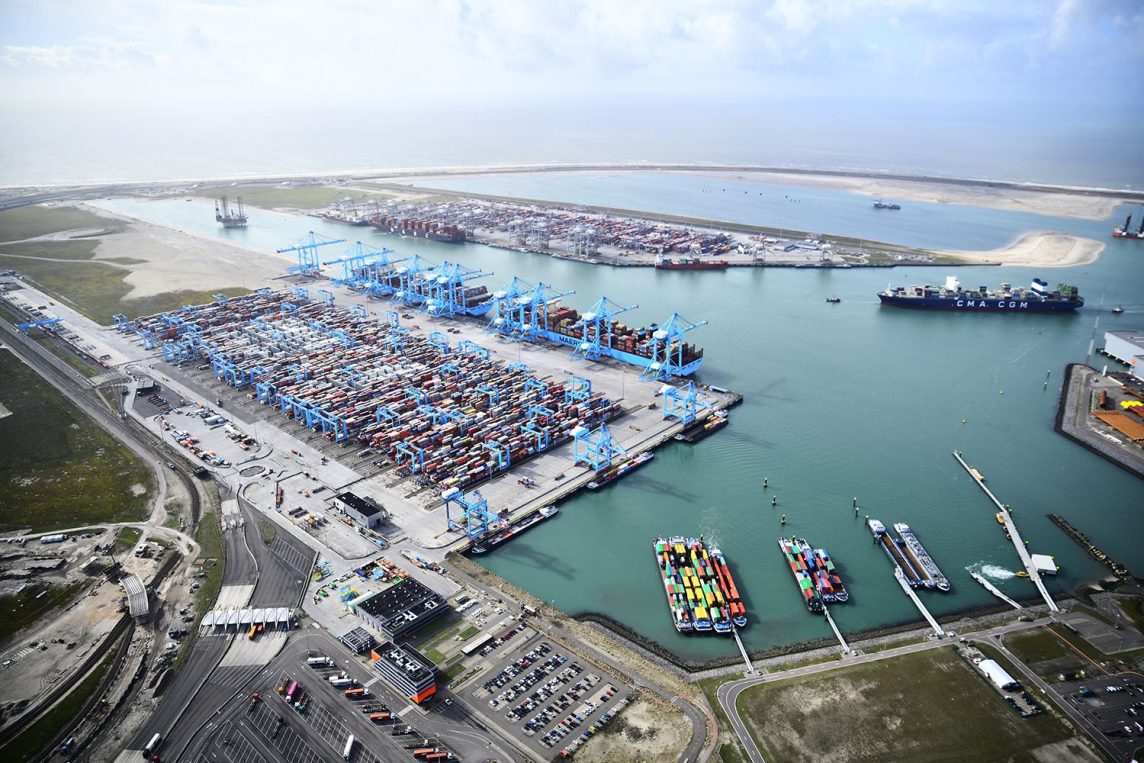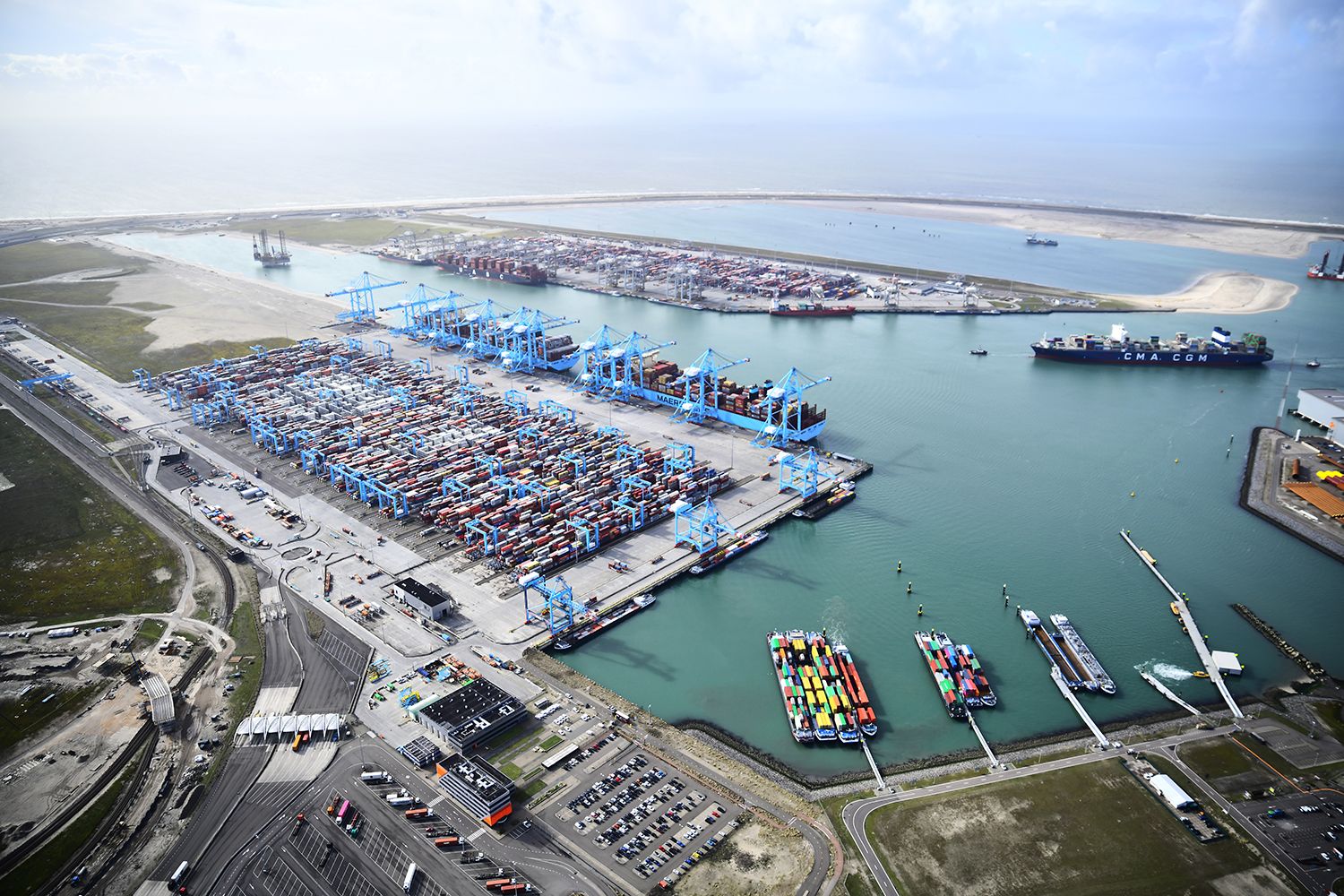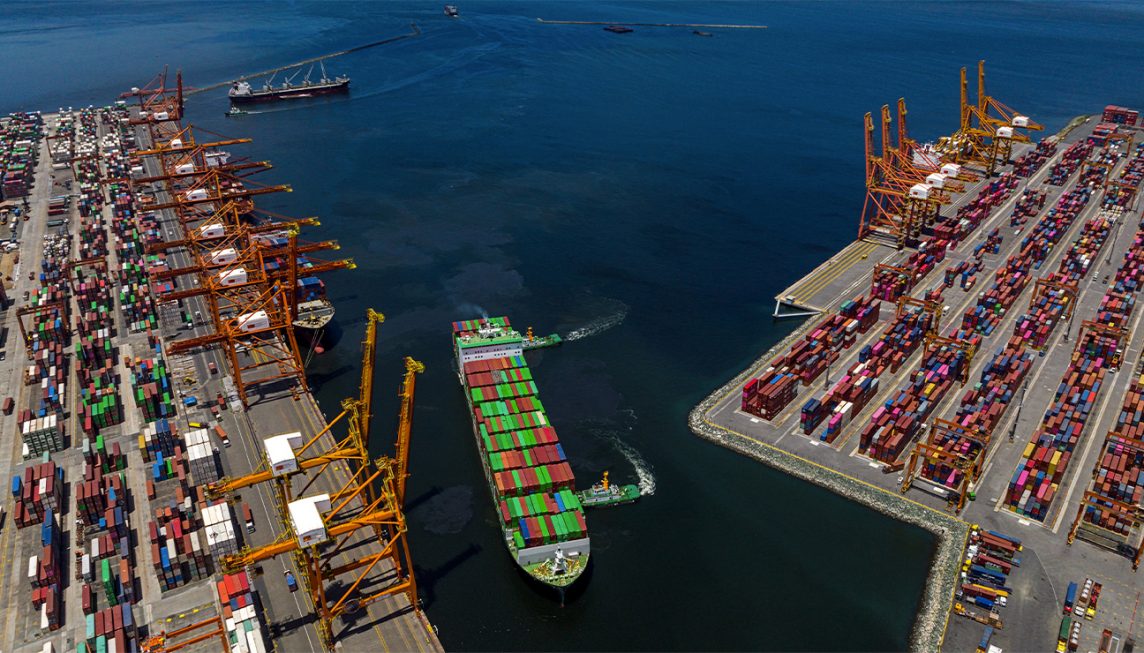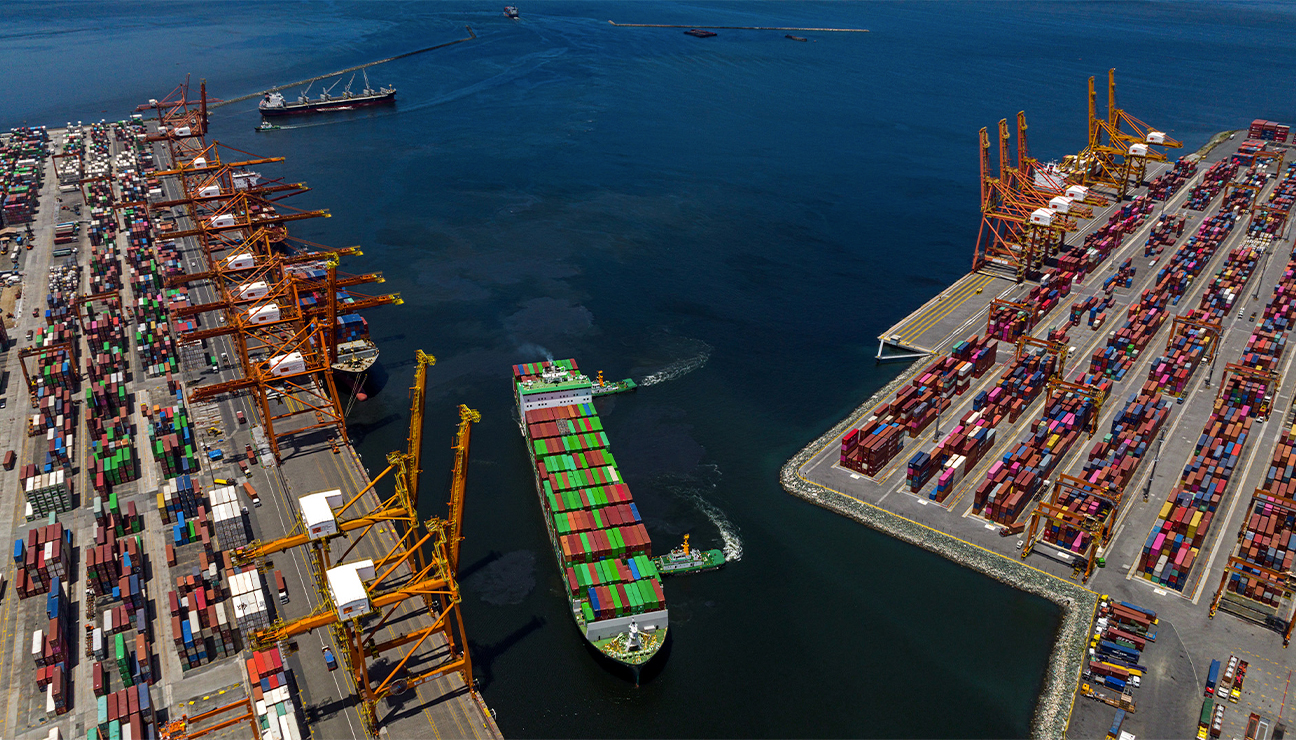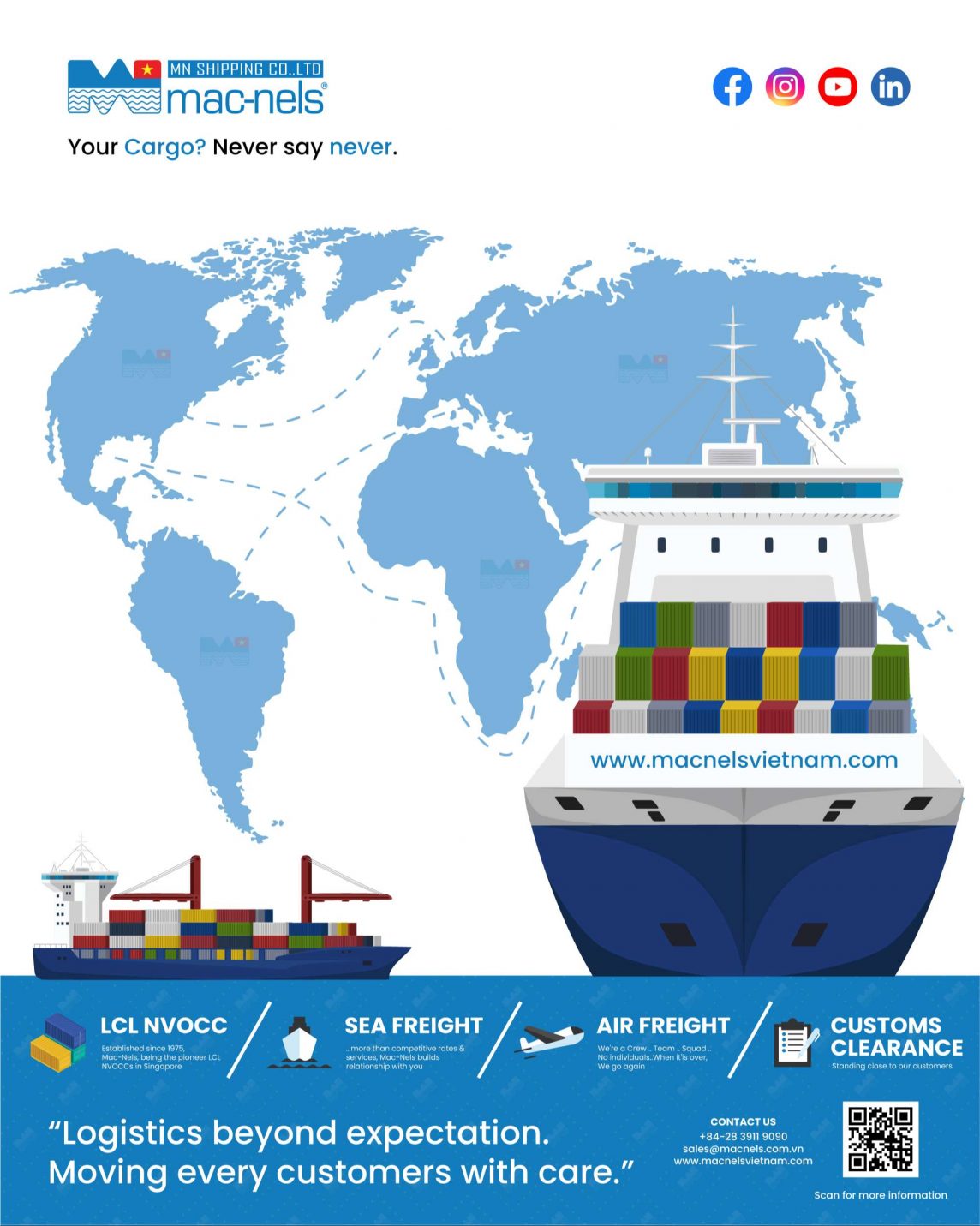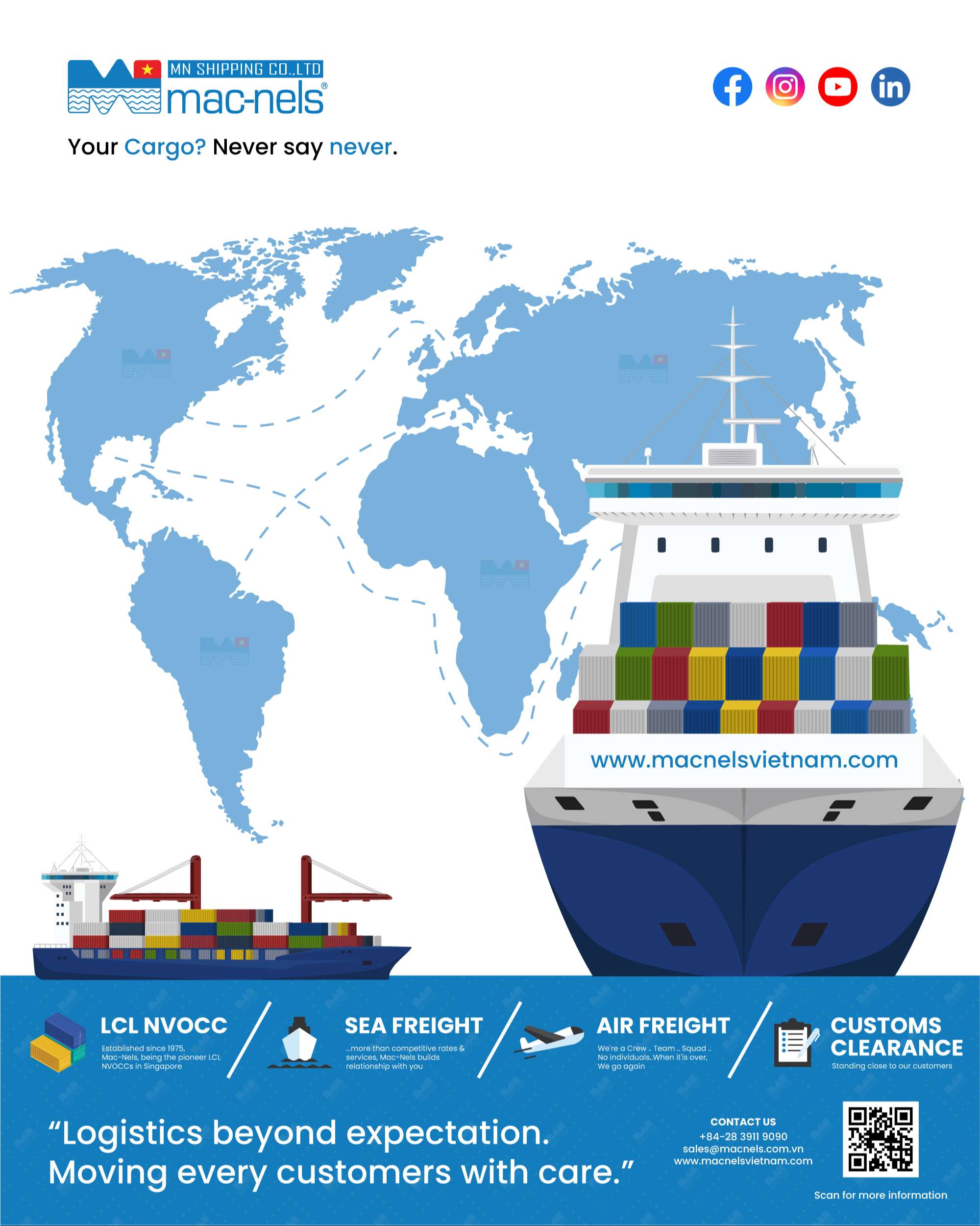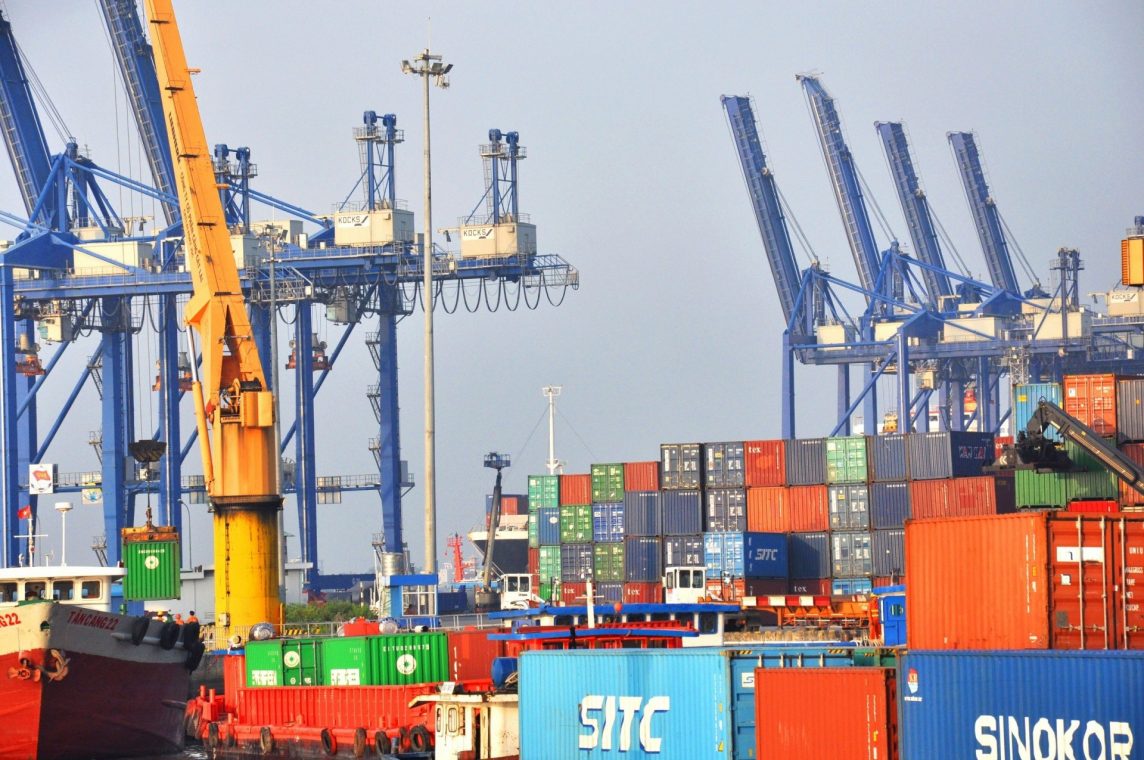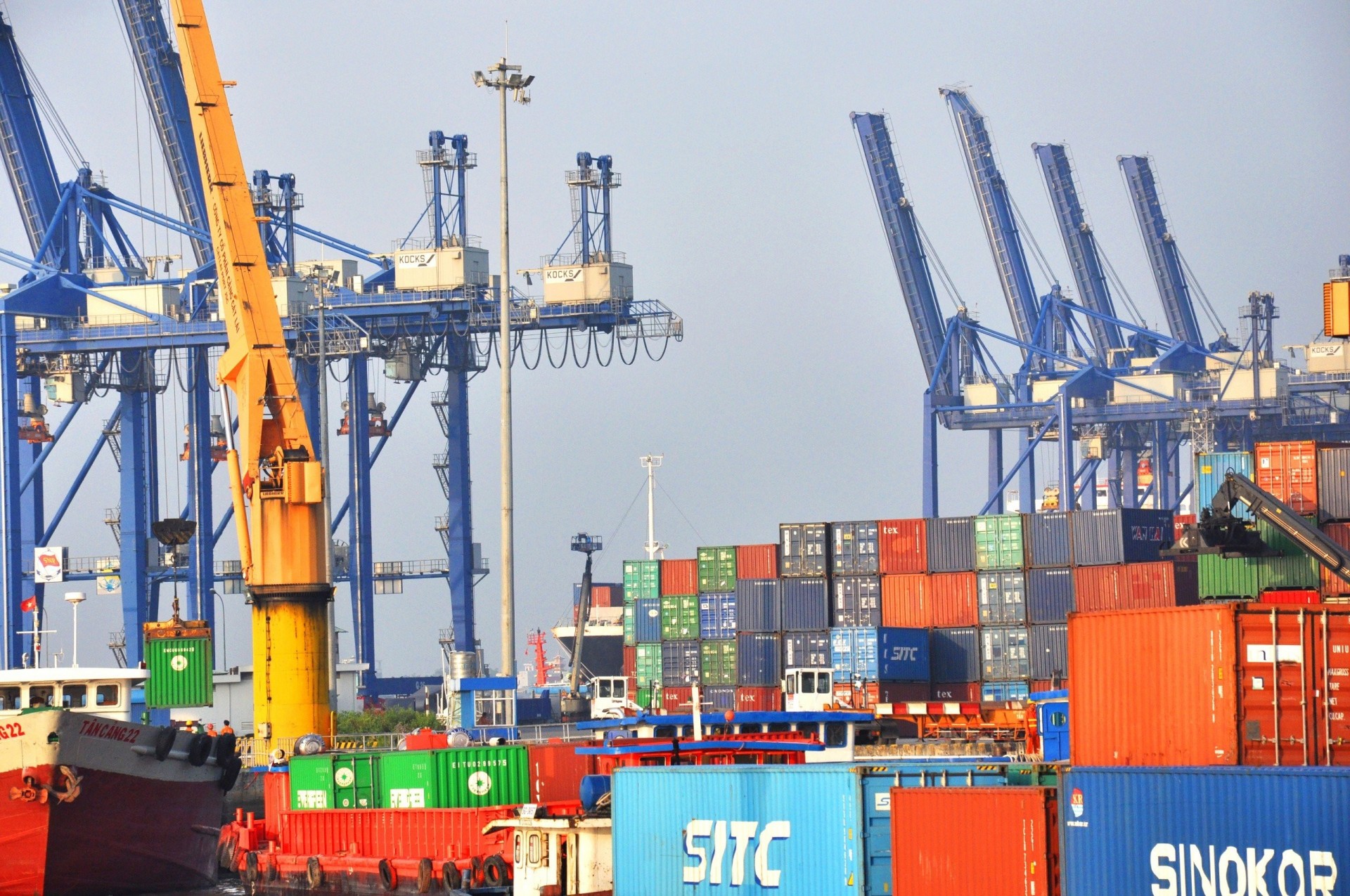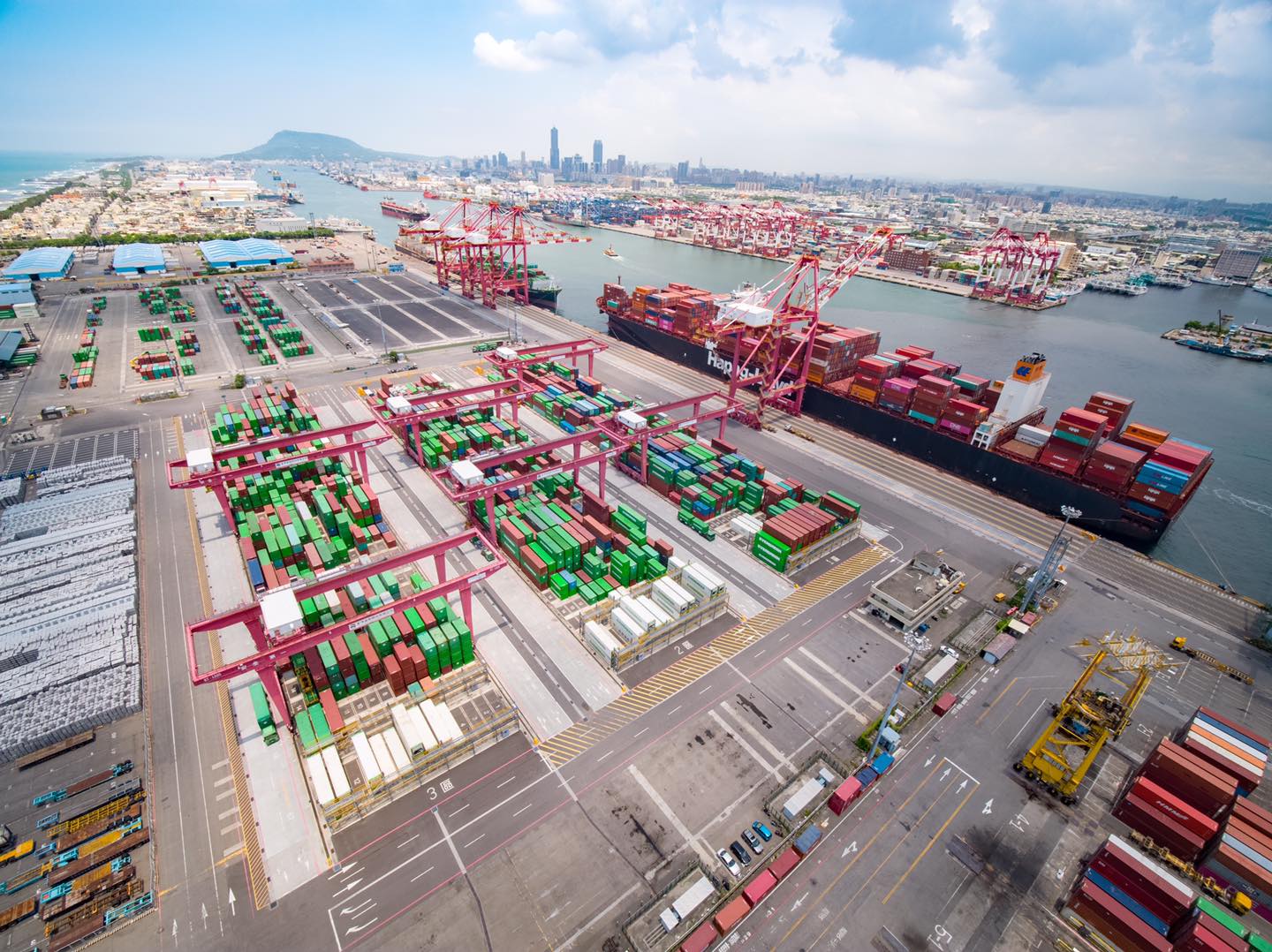
Key Asian ports that have been ostensibly excluded from Gemini Cooperation are monitoring the potential impact once the Maersk-Hapag-Lloyd tie-up starts in 2025.
Taiwan’s main container port, Kaohsiung, is not among the ports listed in Gemini Cooperation’s service line-up, and in a recent interview with local media, Taiwan International Ports Corporation’s Kaohsiung branch’s CEO, Wang Chin-jung, said the port owner is paying close attention to Gemini’s service routes and the future direction of the existing alliances.
Wang pointed out that at present, Maersk mainly relies on the fourth and fifth container terminal, where HMM is operating facilities. Those were originally operated by Maersk’s terminal operating affiliate APM Terminals, before being novated to HMM.
Hapag-Lloyd, which is leaving THE Alliance to join Maersk, is now using fellow alliance member Yang Ming Marine Transport’s terminal in Kaohsiung.
While Hong Kong and Malaysia’s Port Klang have been left out, Linerlytica analyst Tan Hua Joo told Container News that this is unlikely to affect both ports.
Tan said, “There is only one existing call in Hong Kong by THE Alliance and this is expected to be retained after the departure of Hapag-Lloyd so it will have a minimal impact as far as Hong Kong’s volumes are concerned. Port Klang’s volumes will also not be materially affected.”
Meanwhile, South Korea’s main container port, Busan, expects to benefit as it will be among the port of calls for Gemini’s Asia-North Europe and Transpacific services. Busan will also be a transhipment centre for cargoes from China’s Bohai Sea, Dalian and Tianjin (Xingang) ports.
Hapag-Lloyd’s spokesperson told Container News that to improve reliability, certain ports have to be skipped.
He said, “The ambition with Gemini Cooperation is to deliver a flexible and interconnected ocean network with industry-leading reliability. By focusing each string on fewer key import and export ports, we significantly reduce the risk of delays along the journey, and we are supplementing the core ocean network with an extensive shuttle network allowing for fast, direct, and reliable connections for other ports.
“Customers should see a positive change to schedule reliability, and they are not expected to experience major changes to transit times. Please also note that, the future service maps are still subject to finalisation, including the new vessel schedules, and will be announced in due course once available.”
Source: Container News
